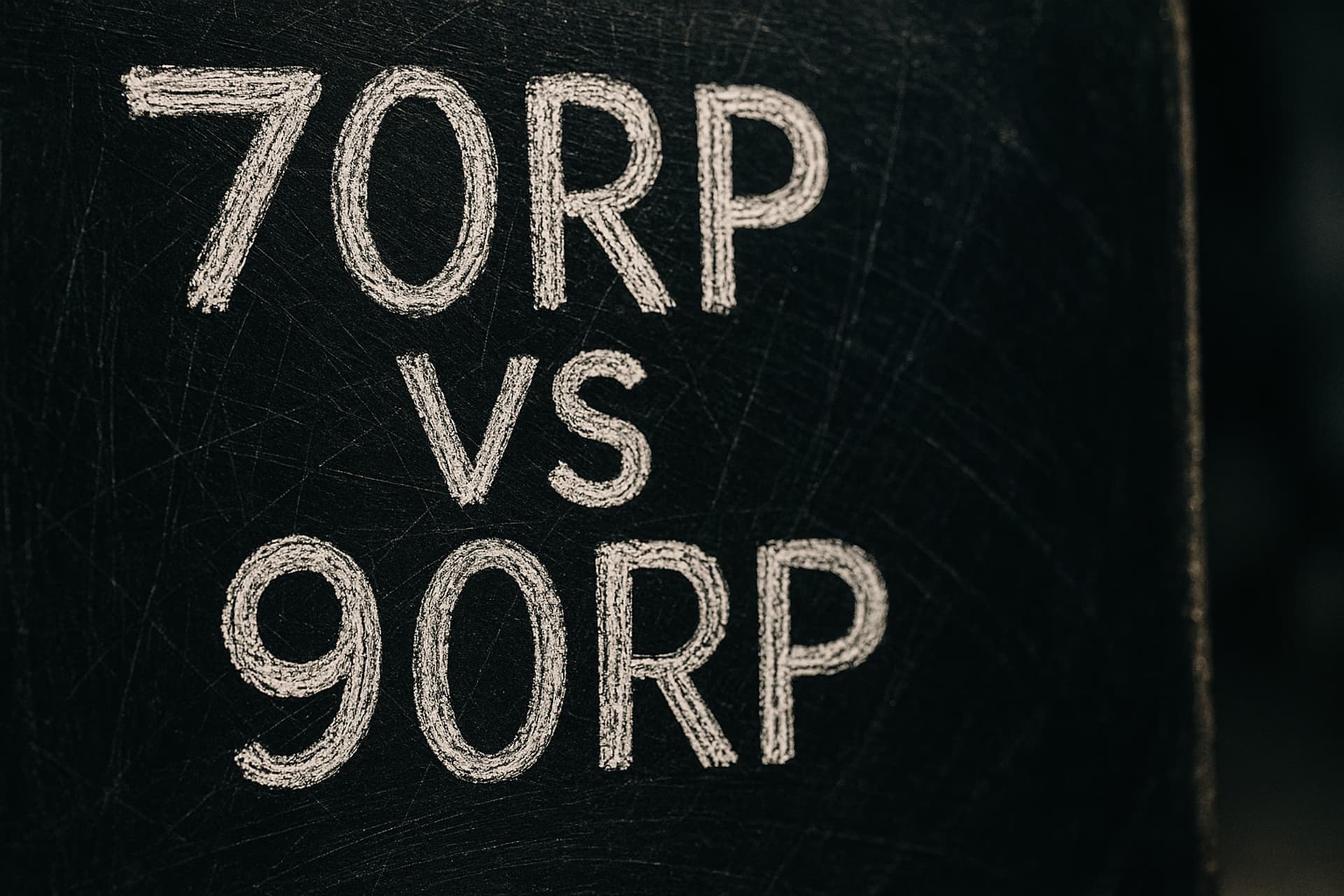O-Level Biology Enzyme Rate Forensics
Download printable cheat-sheet (CC-BY 4.0)06 Nov 2025, 00:00 Z
Reviewed by
Ezekiel Tan·Academic Advisor (Biology)
Want small-group support? Browse our IP Biology Tuition hub.
TL;DR
Enzyme questions remain Paper 3 staples because they stress precision (timers, temperature baths) and conceptual explanation (active site behaviour).
Rehearse at least two core assays—catalase with gas collection and amylase with starch disappearance—then carry inhibitor or denaturation extensions in your back pocket for modification prompts.
Build Your Practical Playlist
Reinforce these enzyme drills with the rest of our practical scenarios at the O-Level Biology Experiments hub; it groups every Paper 3 rehearsal guide by skill set.
1 | Syllabus anchors
- Section 2 of the syllabus requires candidates to describe enzyme characteristics, the effects of temperature and pH, and distinguish between competitive and non-competitive inhibition (SEAB 2026 syllabus, PDF).
- Paper 3 exploits this by grading:
- Planning: identifying independent variables (temperature, pH, substrate concentration), stating controlled variables (volume, enzyme concentration), and detailing safety for hot water baths.
- MMO: timing colour change accurately, using gas syringes, preparing serial dilutions.
- PDO: recording raw data plus calculated rates (e.g. volume per minute), drawing graphs, including units.
- ACE: explaining optimum points, denaturation, and inhibitor effects with reference to active sites.
2 | Catalase oxygen collection drill
- Prepare equal cylinders of potato or liver homogenate as the catalase source; use a cork borer and cut to equal lengths to control surface area.
- Add 10 cm³ of hydrogen peroxide (typically 20 vol) into a conical flask, insert the tissue quickly, and seal with a bung connected to a gas syringe.
- Record gas volume every 20 seconds for 3 minutes at room temperature (control).
- Repeat at 30 °C, 40 °C, and 50 °C using a thermostatic water bath; mention in your plan how you pre-warm both enzyme and substrate to target temperature.
- Optional inhibitor: add a measured volume of copper(II) sulfate solution to denature catalase partially and compare rates.
| Temperature / °C | Time / s |




